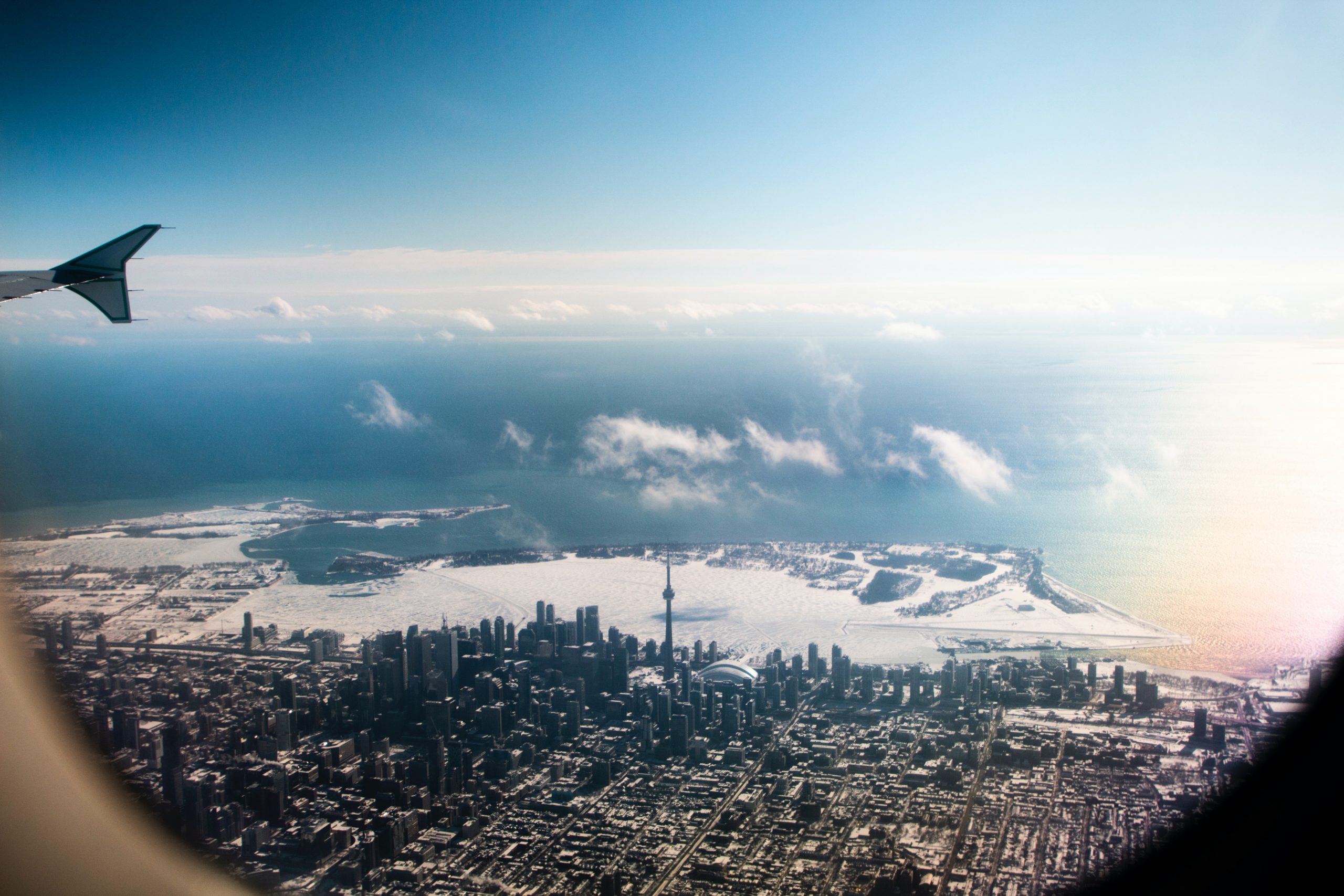Winter is here and it comes with significant effects for flying. When we think of winter, we often imagine bitter cold temperatures and falling snow. However, winter means different things for different parts of the world. Because weather can be so extreme during this season, the changes in temperature can widely vary on one flight path. When it comes to flying, understanding how temperature affects flight is crucial for any pilot to know. Here are the challenges that come along with flying in the winter.
Why Is Temperature So Important For Flying?
The temperature of the surroundings has many effects on a plane. When a plane takes off during the wintertime, there is typically a wide fluctuation between temperature and moisture levels throughout the flight path. A pilot will be briefed from Flight Service before ascension regarding the outlook of the weather for the flight. This includes temperature changes, expected precipitation, etc.
Pilots should be made aware of any possible temperature inversions before they take off. Standard Temperature is considered 15°C (59°F), and it decreases by 2°C for every 1,000 feet of altitude. You will need to calculate your standard temperature after learning the weather briefing. Because winter brings a high variation in temperature, you may have to adjust the altitude to meet the standard temperature.
What Effects Does Temperature Have On A Plane?
The temperature of the air has many effects on an airplane. For oil, it has a specific viscosity at low temperatures. This means different oils must be used to match the current climate. 100LL fuel freezes at incredibly low temperatures, around -58°C (-72°F), and diesel engine jet fuel can freeze at temperatures around -43°C (-45°F). While it is highly unlikely that these temperatures will exist in the fuel lines, if there is water present, freezing can be at 0°C. This means it is crucial that all lines and pipes be cleared of water. Temperature also affects the engines and electrical wirings of the plane.
Winter Flying And Passengers
Lastly, the comfort of the passengers needs to be considered for flying in the winter. It’s not unheard of if a cabin heater stops working, so in any event, a pilot and crew must be prepared. If there is a long distance between the airports, there needs to be an option to keep the passengers warm. When body temperatures fall under 97.7°F, it could lead to hypothermia. At 86.6 °F, you could be at risk for death. While it is incredibly unlikely that this will ever happen on a flight, all must be prepared.
Winter flying can have some of the biggest challenges for pilots and airline workers, however, there is nothing more spectacular than flying over snow-capped mountains and cities. The views are incredible and endless. All pilots should be fully prepared for this season, as there is more crucial planning involved.




